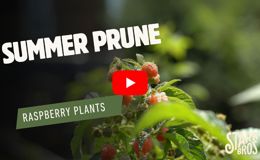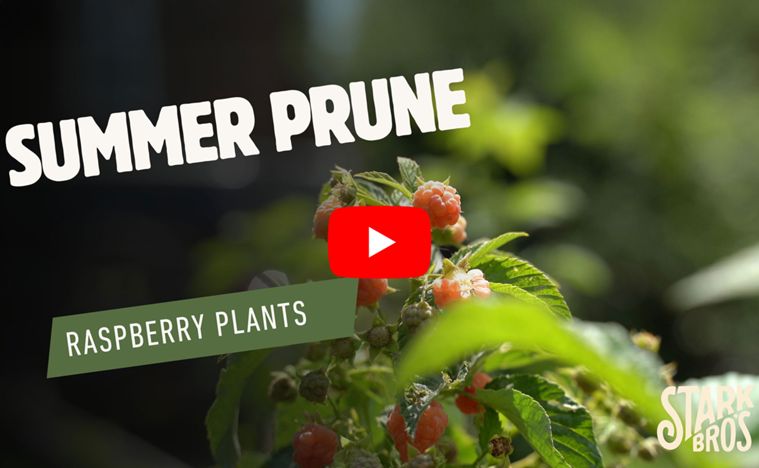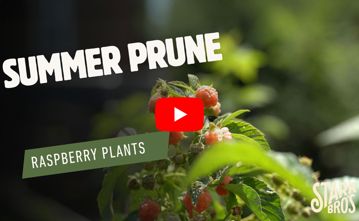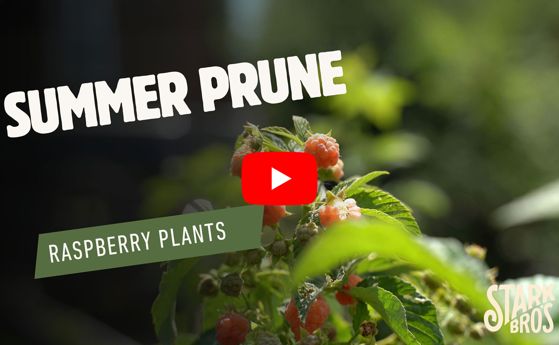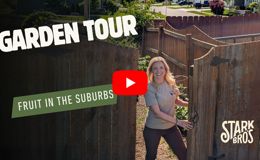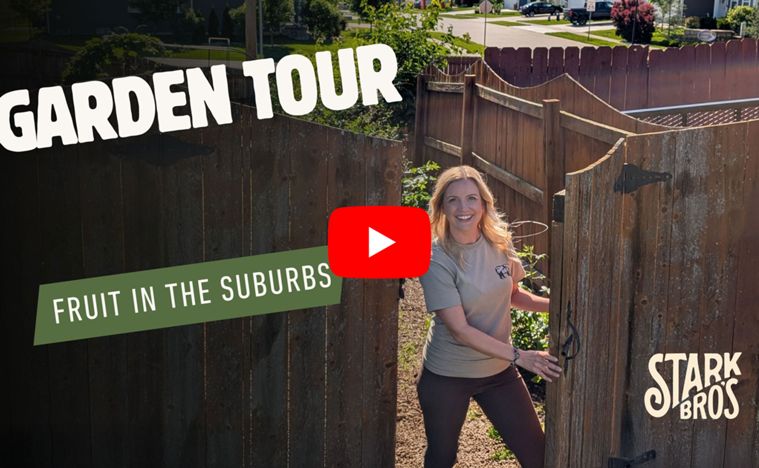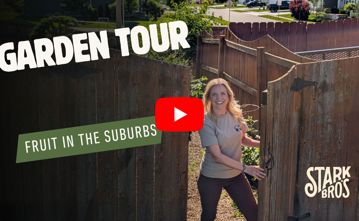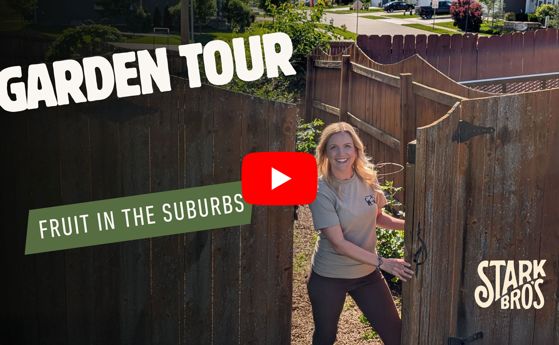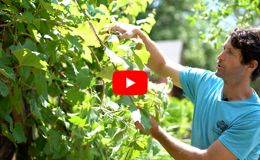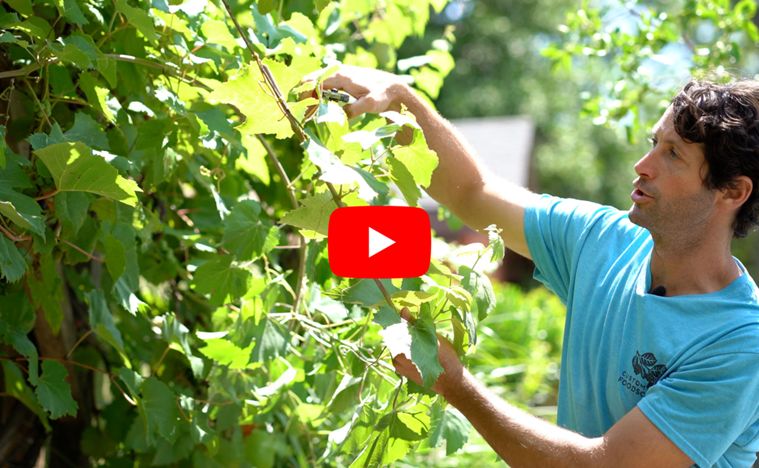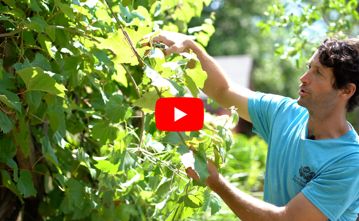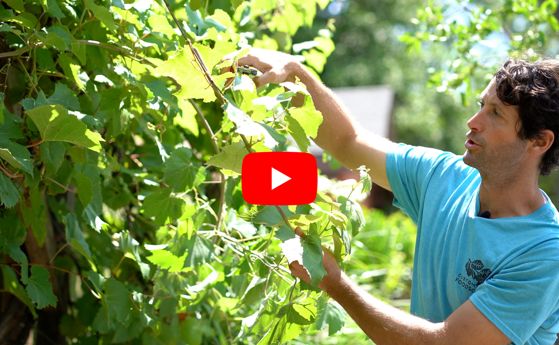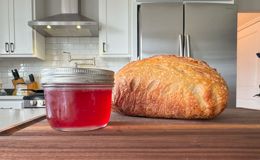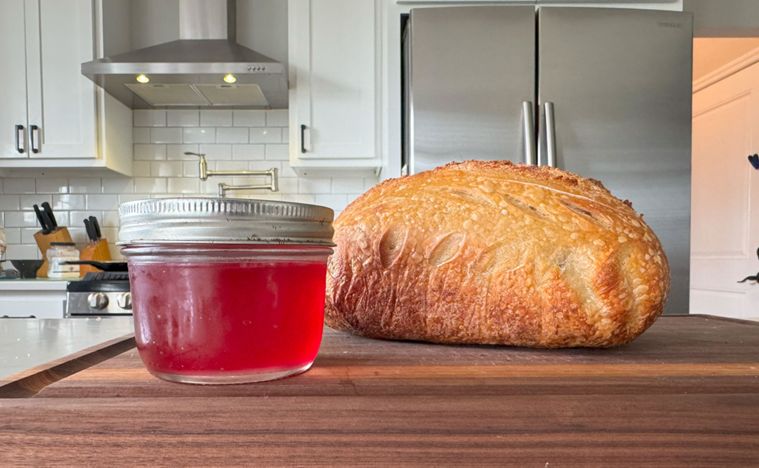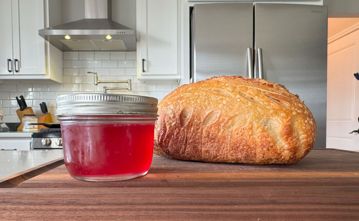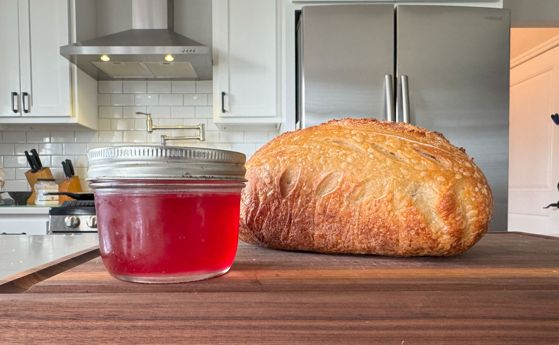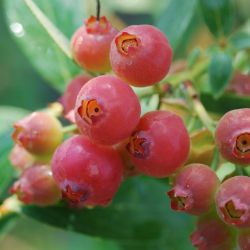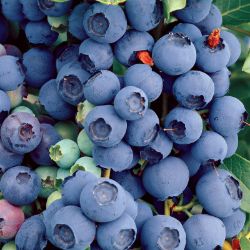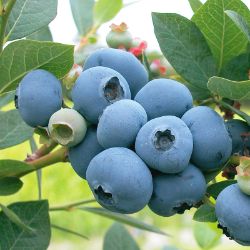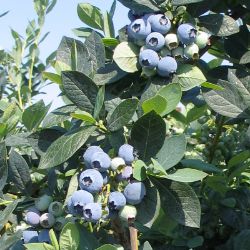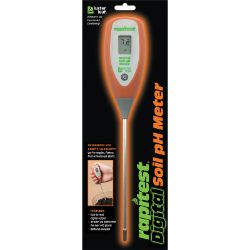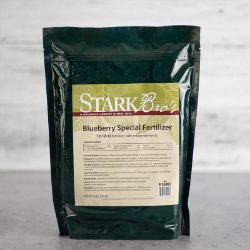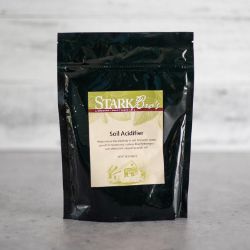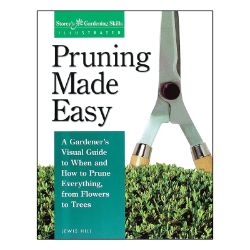Pest & Disease Control for Blueberry Plants
Every plant has the future potential for disease and insect damage. Factors such as location and weather will play a part in which issues your plants encounters. If available, disease-resistant varieties are the best option for easy care; and for all types of plants, proper maintenance (such as watering, pruning, spraying, weeding, and cleanup) can help keep most insects and diseases at bay.
NOTE: This is part 7 in a series of 11 articles. For a complete background on how to grow blueberry plants, we recommend starting from the beginning.
Scale
Usually on bark of young twigs and branches, encrusted with small (1/16”) hard, circular, scaly raised bumps with yellow centers, may also be on fruit. Sap feeding weakens the tree.
Natural Control
- Monterey Fruit Tree Spray Plus
- Monterey Horticultural Oil
Chemical Control
- GardenTech® Sevin® Concentrate Bug Killer
Stem Borer
Wilted tip on plants indicates a possibility of a little borer. If it breaks off readily, and is hollow, prune back branch until no longer hollow. Burn all pruning.
Control
- Consult County Extension Agent
Leafroller
Pale yellow or ‘dirty’ green worms. Leaves are rolled and webbed together where insects feed. Eventually becomes skeletonized.
Natural Control
- Hi-Yield® Vegetable & Ornamental Insect Control
- Natural Guard® Caterpillar Killer Spray w/BT
Chemical Control
- GardenTech® Sevin® Concentrate Bug Killer
Botrytis Blight
Gray, hairy mold decays blossoms, green and ripening fruit as well as harvested fruit.
Natural Control
- Monterey Fruit Tree Spray Plus
Red Leaf Gall
Bladder type enlargements of all or part of a leaf, white or pink and soft, turning brown and hard with age. Seldom serious, but in wet seasons in the south, the number of galls can be quite high, hand pick and destroy. This is more of a problem in the south.
Control
- Consult County Extension Agent
Powdery Mildew
Whitish-gray powdery mold or felt like patches on buds, young leaves and twigs. Leaves may be crinkle and curl upward. Over winters in fallen leaves.
Natural Control
- Fall clean up is essential.
- Monterey Fruit Tree Spray Plus
Brown Rot
Young growing tips wilt and dry just before blossoming. Fruits are yellowish, firm, leathery, turn dark and mummify.
Natural Control
- Clean up thoroughly in fall, hand pick all mummies.
Other Control Options
- Consult County Extension Agent
Mites
Pinpoint size, many different colors. Found on undersides of leaves. Severe infestations have some silken webbing. Sap feeding causes bronzing of leaves.
Natural Control
- Monterey Fruit Tree Spray Plus
- Monterey Horticultural Oil
Chemical Control
- GardenTech® Sevin® Concentrate Bug Killer
Aphids
They are the size of a pinhead and vary in color depending on the species. Cluster on stems and under leaves, sucking plant juices. Leaves then curl, thicken, yellow and die. Produce large amounts of a liquid waste called “honeydew”. Aphid sticky residue becomes growth media for sooty mold.
Natural Control
- Monterey Fruit Tree Spray Plus
Chemical Control
- GardenTech® Sevin® Concentrate Bug Killer
Lybus Bugs
Small oval insects, color range from pale green to reddish brown or black. Feed by sucking sap, signs of infection discoloration, deformed shoot and stems, curling of leaves and lesions.
Chemical Control
- GardenTech® Sevin® Concentrate Bug Killer
Spittlebugs
Immature bugs are small green, soft-bodied and adults are small (1/4”) winged insect that feed on the plant sap. They are surround by a white mass that looks like spit. They suck on the sap, weakening the plants.
Natural Control
- Monterey Fruit Tree Spray Plus
- If infestation is small can be washed off with a hose.
Chemical Control
- GardenTech® Sevin® Concentrate Bug Killer
Blueberry Maggot or Fruit Fly
Adults are similar to a Cherry Fruit Fly and Apple Maggot. The larvae will tunnel and lay their eggs in fruit, usually in ripe fruit. Prompt harvest is very necessary.
Natural Control
- Monterey Fruit Tree Spray Plus
- Hi-Yield® Vegetable & Ornamental Insect Control
Chemical Control
- GardenTech® Sevin® Concentrate Bug Killer
Japanese Beetle
Adult is a metallic green beetle, which skeletonizes leaves. Larvae are a grub, which feeds on turf roots. Check turf product labels for timing of control of grubs. This is more of a problem east of the Mississippi River.
Natural Control
- Traps
Chemical Control
- GardenTech® Sevin® Concentrate Bug Killer
Sawfly
Immature flies are soft-body with tiny legs. Adults are wasp like in general body shape and some have yellow and black markings or are entirely black. Larvae feed on leaves and spin a cocoon when fully grown.
Natural Control
- Monterey Fruit Tree Spray Plus (eggs)
Chemical Control
- GardenTech® Sevin® Concentrate Bug Killer
Thrips
Small insects, less than 1/2” long, with feathery wings, yellow to brown in color. Cause damage if they lay eggs in fruit soon after bloom, scarring the fruit. In summer they feed on new vegetative growth, and damage summer fruit (not usually considered a problem).
Natural Control
- Monterey Fruit Tree Spray Plus
- Monterey Horticultural Oil
- Hi-Yield® Vegetable & Ornamental Insect Control
Weevils
Adults are hard-bodied, long snouts, usually dark colored. Feed on leaves, flowers and developing buds. Larvae are white grubs that live inside plant tissue; some live underground and feed on the roots.
Chemical Control
- GardenTech® Sevin® Concentrate Bug Killer
Mummy Berry
Flowers turn brown, new shoots are blackened in center and wither and die. As berries ripen they become cream to pale pink, then tan or whitish gray, then shrivel and harden.
Chemical Control
- Hi-Yield® Captan 50W Fungicide
- Ferti-lome® Broad Spectrum Landscape & Garden Fungicide
Leafhopper
Various colors and similar to aphids this small, active, slender-winged insects are usually found on the underside of leaves. Retard growth, leaves become whitened, stippled or mottled. Tips may wither and die. This insect carries virus of certain very harmful plant diseases.
Natural Control
- Monterey Fruit Tree Spray Plus
Chemical Control
- GardenTech® Sevin® Concentrate Bug Killer
Gray Mold
The fungus thrives in cool, moist conditions. Usually begins on plant debris, weak or inactive plant tissue, than invades healthy plant tissue. Causes spotting and decay of flowers and foliage, tissue becomes soft and watery. Affected parts of plant could wilt and collapse. If humidity remains high a grayish-brown coating and spores develops over the surface of the collapsed tissue.
Good sanitation will help avoid the problem.
Remove and destroy dead leaves, flowers and dead plants.
Water the plants at soil level and not on foliage.
Chemical Control
- Hi-Yield® Captan 50W Fungicide
Anthracnose
New cankers appear on bark as small circular spots that are red or purple when wet. When they enlarge they become sunken orange to brown areas in the bark. As the cankers age, bark sloughs off exposing wood beneath, or disintegrates exposing fibers that give the area a ‘fiddle string’ appearance. Cankers usually do not grow larger after first year’s growth. Brown spots appear on leaves and fruit. At harvest the fungus can infect the fruit. Fruit lesions are circular, brown and sunken with gray or cream centers (Bull’s Eye rot). Disease rarely kills tree, usually confined to small branches and twigs.
Chemical Control
- Ferti-lome® Broad Spectrum Landscape & Garden Fungicide

